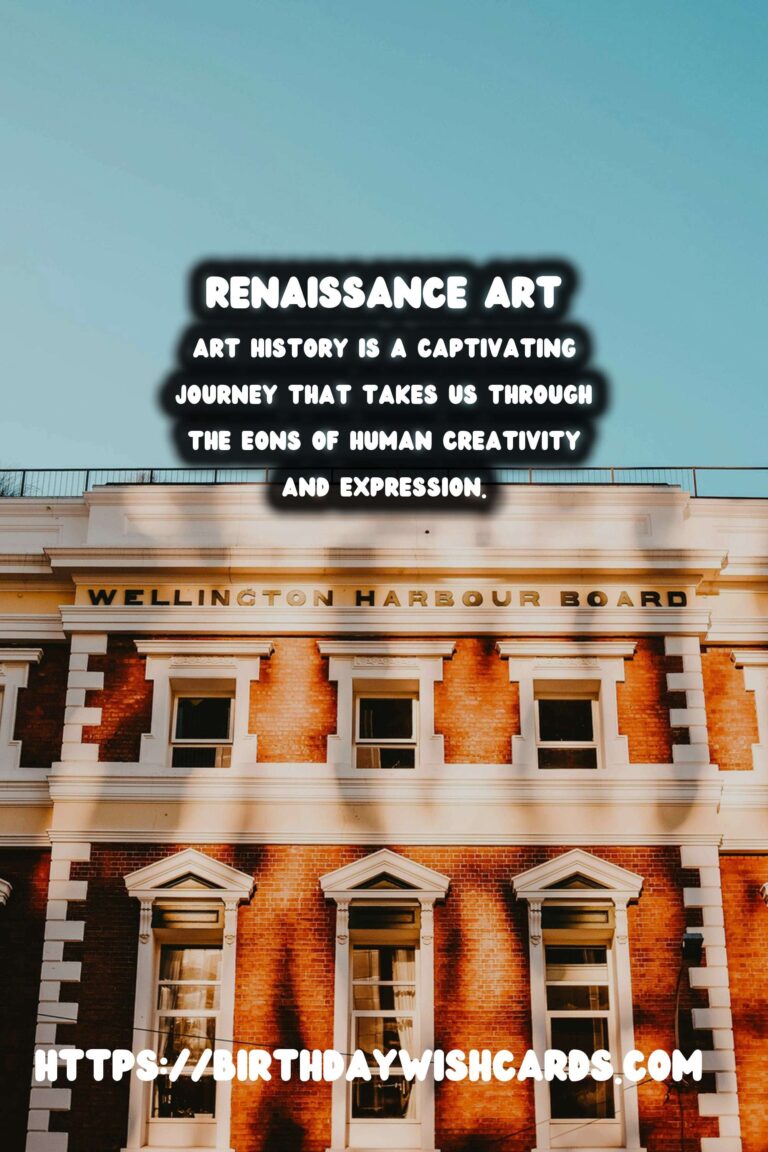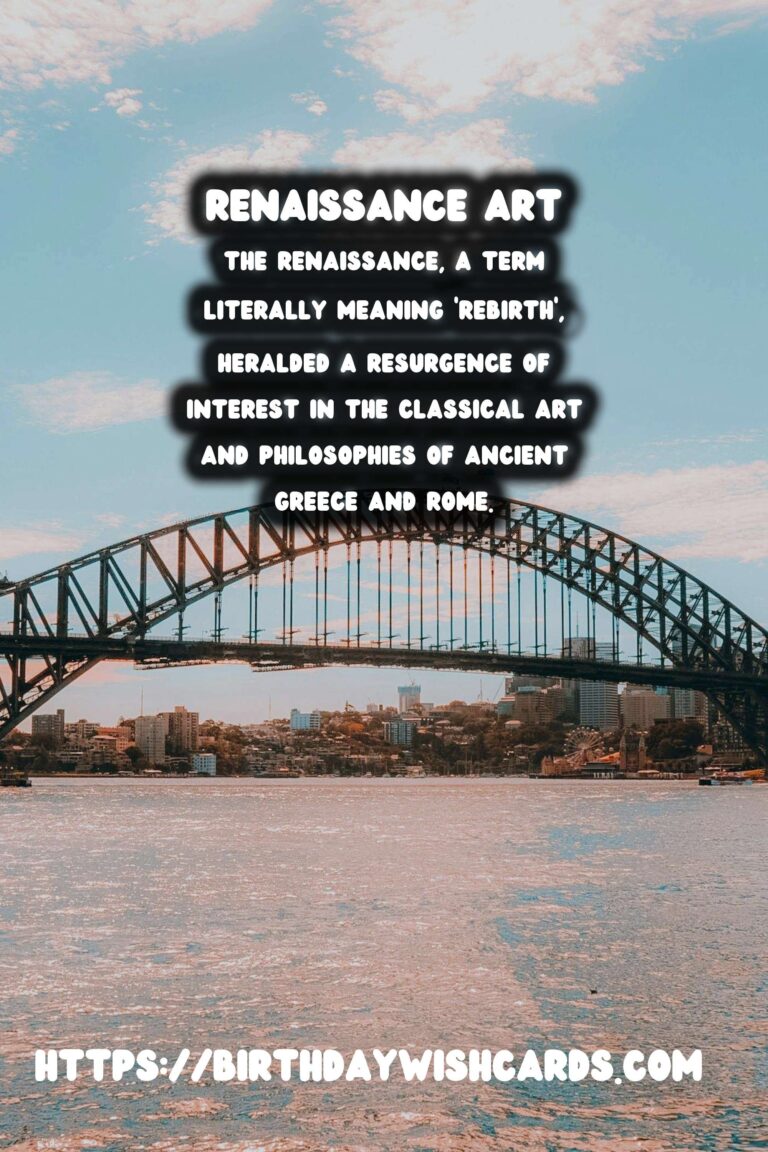
Art history is a captivating journey that takes us through the eons of human creativity and expression. Among the most significant eras that defined art as we know it today are the Renaissance and Baroque periods. These art movements not only transformed the visual arts but also the cultural landscape of Europe and beyond.
The Renaissance Era: A Revival of Classical Ideals
The Renaissance, a term literally meaning ‘rebirth’, heralded a resurgence of interest in the classical art and philosophies of ancient Greece and Rome. It emerged in 14th century Italy and reached its zenith in the late 15th and early 16th centuries. The Renaissance was marked by its revolutionary approach to portrait art, where the focus shifted to realism, humanism, and the study of perspective.
Legendary artists like Leonardo da Vinci and Michelangelo created works that showcased an unparalleled mastery of form, light, and shadow. Da Vinci’s ‘Mona Lisa’, with her enigmatic smile, and Michelangelo’s David, exuding strength and beauty, remain iconic representations of this era.
The Evolution of Renaissance Portraiture
Renaissance portraiture evolved to emphasize individuality and naturalism. Artists depicted their subjects with intricate attention to detail, capturing not just physical likeness but also the depths of personality. This period saw a growing trend of commissioned portraits, underscoring the importance of personal legacy and recognition among the emerging bourgeois class and nobility.
The integration of scientific techniques, such as the use of vanishing points for perspective, allowed artists to achieve a more lifelike representation of their subjects. This technical precision marked a departure from the flatter, more stylized representations of medieval art.
Baroque Art: A Flourish of Drama and Emotion
Following the Renaissance, the Baroque period swept through Europe during the 17th and early 18th centuries. Known for its exuberance, grandeur, and emotional intensity, Baroque art was deeply intertwined with the sociopolitical and religious fabric of the time. It was significantly influenced by the Catholic Church’s Counter-Reformation ideals, aiming to evoke emotional engagement and reinforce religious themes.
Artists like Caravaggio and Peter Paul Rubens became synonymous with the vivid dynamism and dramatic use of light and shadow that is characteristic of Baroque art. Caravaggio’s ‘The Calling of Saint Matthew’ and Rubens’ ‘The Elevation of the Cross’ exemplify how Baroque art sought to captivate the viewer by creating a direct emotional impact.
The Religious Canvas of the Baroque
Baroque religious art was not merely an artistic endeavor but a spiritual experience. Churches and cathedrals adorned with opulent frescoes and intricate sculptures invited the faithful into a space of divine wonder. The stylistic grandeur was a direct reflection of the Church’s authority and splendor.
Through the powerful narratives depicted in their works, Baroque artists captured the essence of faith and mysticism, drawing believers into a narrative that transcended the earthly realm.
Connecting Past and Present Through Art History Tours
Art history tours offer an immersive experience that bridges the gap between the past and present. Walking through the halls of the Louvre or the Vatican Museums, one can witness firsthand the masterpieces that defined centuries of artistic innovation. As we appreciate these works, we gain insight into the cultural and historical contexts that birthed them, allowing us to connect on a deeper level with the stories of humanity.
Whether you’re an art aficionado or a curious traveler, exploring art history through guided tours offers a profound appreciation for the creativity and vision of artists who have shaped our cultural heritage.
Conclusion: The Enduring Legacy of Renaissance and Baroque Art
The Renaissance and Baroque periods have left an indelible mark on the annals of art history. Their lasting legacy continues to inspire and influence contemporary artists and cultural institutions. Through the lens of these historic periods, we witness the power of art as a catalyst for change and a reflection of the human spirit.
Understanding and exploring these pivotal moments in art history enriches our appreciation for the beauty and complexity of human expression, affirming art’s timeless role in society.
Art history is a captivating journey that takes us through the eons of human creativity and expression. The Renaissance, a term literally meaning ‘rebirth’, heralded a resurgence of interest in the classical art and philosophies of ancient Greece and Rome.
#ArtHistory #Renaissance

